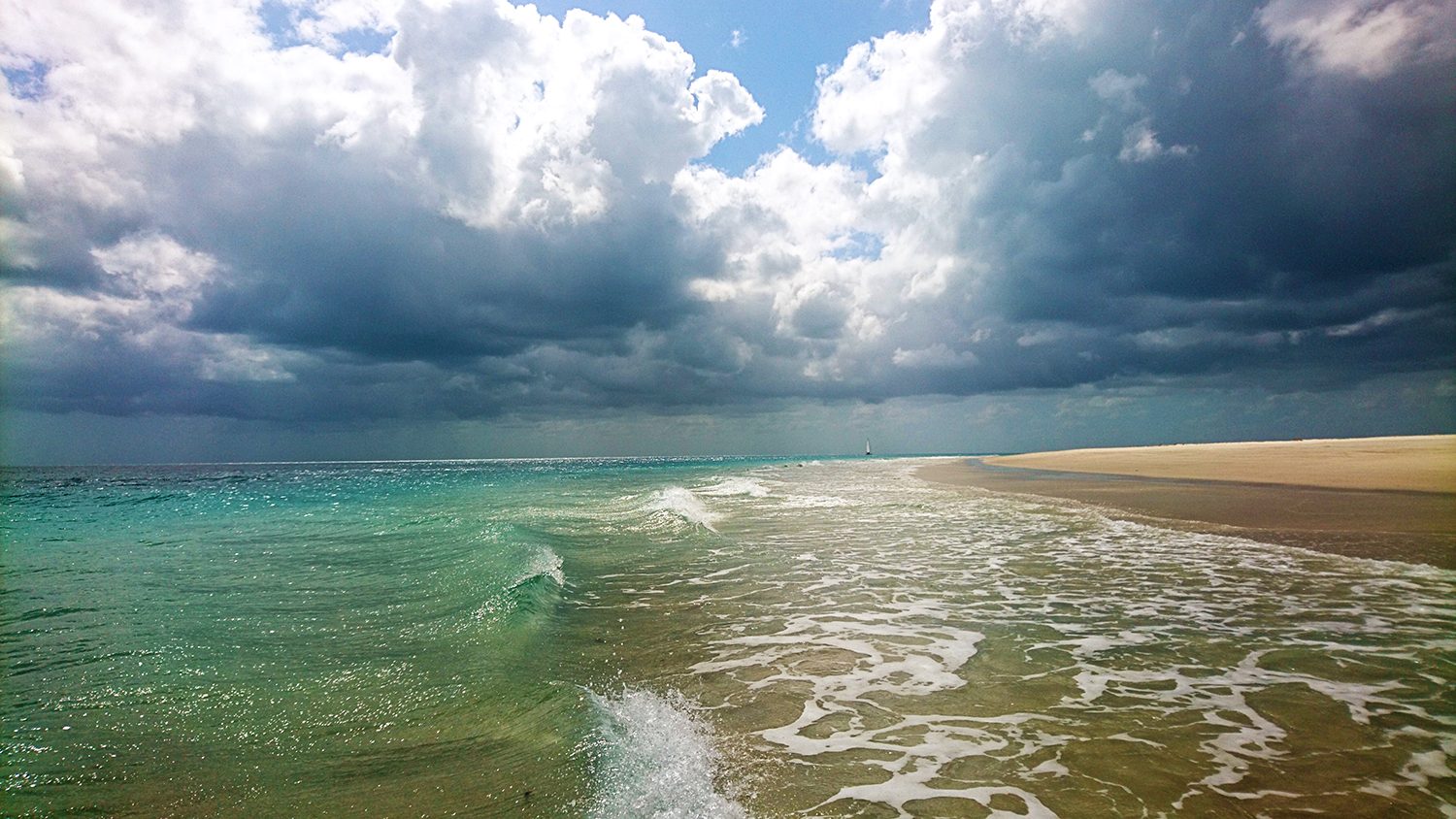NASA satellite data shows low-latitude oceans have become greener in the past 20 years

A new study recently published in the journal Nature suggests that satellite-observed trends indicate shifts in ocean color – and by extension in surface-ocean ecosystems – are driven by climate change. Taken together, low-latitude oceans have become greener in the past 20 years.
The study – conducted by scientists from the National Oceanography Centre, Southampton, UK; Oregon State University, USA; University of Maine, USA; and the Massachusetts Institute of Technology, USA – is based on data collected by the National Aeronautics and Space Administration (NASA) Earth Science satellite mission called Aqua.
Aqua, Latin for water, was named for the large amount of information that the mission is collecting about the Earth’s water cycle, including evaporation from the oceans, water vapor in the atmosphere, clouds, precipitation, soil moisture, sea ice, land ice and snow cover on the land and ice.
Additional variables also being measured by Aqua include radiative energy fluxes, aerosols, vegetation cover on the land, phytoplankton and dissolved organic matter in the oceans, and air, land and water temperatures.
The Aqua mission is a part of the NASA-centered international Earth Observing System (EOS). It has six Earth-observing instruments on board, collecting a variety of global data sets. Aqua was originally developed for a six-year design life but has now far exceeded that original goal; it was launched on May 4, 2002, and has since been observing our oceans and collecting and reporting data.
Climate change is causing alterations in marine ecosystems and is expected to increasingly cause such changes in the future. Surface-ocean ecosystems cover 70 percent of Earth’s surface and are responsible for approximately half of global primary production. Such communities are known to be changing at specific locations for which long-term data are available. Detecting climate-change-driven trends in ocean ecosystems on a global scale, however, is challenging because of the difficulties of making oceanographic measurements at sufficiently large spatial and long temporal scales.
Satellite remote sensing is the only means to obtain time series of marine ecosystems on a global scale because it is the only way to obtain measurements at the required scales, the authors argue. Ocean-color satellites, which measure the amount of light radiating from the ocean and atmosphere from the Earth’s surface, have been collecting global measurements for decades.
Ocean warming has decimated fish parasites. Why that’s actually bad news.
The key variable provided by the MODIS sensor aboard the Aqua satellite is Rrs, which is the ratio of water-leaving radiance to downward irradiance incident on the ocean surface. Rrs is derived from MODIS-Aqua measurements in several wavebands within the visible spectrum, from 412 nm in the blue part of the spectrum to 678 nm in the red. Rrs is an indicator of the state of the surface-ocean microbial ecosystem and is considered an ‘essential climate variable’ by the Global Climate Observing System, a co-sponsored program that regularly assesses the status of global climate observations and produces guidance for its improvement.
Trends in Rrs are not trivial to interpret ecologically or biogeochemically but do reflect changes in surface-ocean ecology. Any trend in Rrs reveals notable changes in the components of surface-ocean ecology and biogeochemistry with optical signatures. Furthermore, any change in Rrs corresponds to changes in the light environment itself, which will affect phytoplankton and thus ultimately lead to ecosystem changes.
Time-series data are the best way to identify long-term changes in an ecosystem. Ocean-color sensors are known to perform quite differently to each other – even copies of the same sensor on a different satellite platform. Thus, the 20-year MODIS-Aqua record, as the longest single-sensor time series, constitutes a unique dataset. This dataset presents an opportunity to revisit the possibility of detecting trends in ocean color from satellite data and attributing them to climate change.
“Altogether, these results suggest that the effects of climate change are already being felt in surface marine microbial ecosystems, but have not yet been detected because previous studies have considered chlorophyll or other approaches,” wrote the authors.
“Our findings therefore might be of relevance for ocean conservation and governance. For instance, knowledge of where the surface-ocean microbial ecosystem is changing might be useful for identifying regions of the open ocean in which to establish marine protected areas under the United Nations high seas treaty on the biodiversity of areas beyond national jurisdiction.”
Now that you've reached the end of the article ...
… please consider supporting GSA’s mission to advance responsible seafood practices through education, advocacy and third-party assurances. The Advocate aims to document the evolution of responsible seafood practices and share the expansive knowledge of our vast network of contributors.
By becoming a Global Seafood Alliance member, you’re ensuring that all of the pre-competitive work we do through member benefits, resources and events can continue. Individual membership costs just $50 a year.
Not a GSA member? Join us.



